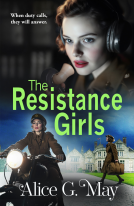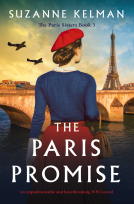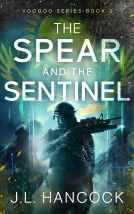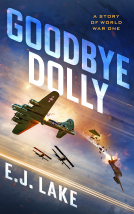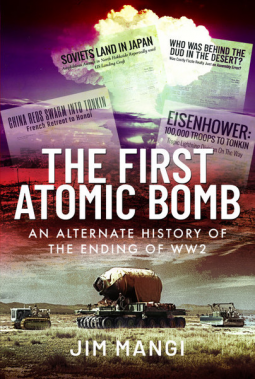
The First Atomic Bomb
An Alternate History of the Ending of WW2
by Jim Mangi
This title was previously available on NetGalley and is now archived.
Send NetGalley books directly to your Kindle or Kindle app
1
To read on a Kindle or Kindle app, please add kindle@netgalley.com as an approved email address to receive files in your Amazon account. Click here for step-by-step instructions.
2
Also find your Kindle email address within your Amazon account, and enter it here.
Pub Date 30 May 2022 | Archive Date 20 May 2022
Pen & Sword | Frontline Books
Talking about this book? Use #TheFirstAtomicBomb #NetGalley. More hashtag tips!
Description
While German and Japanese scientists also laboured unsuccessfully to create an atomic bomb, by the summer of 1945, the American-led team was ready to test its first weapon. As the clock ticked down to the detonation time of 05.30 hours on 16 July 1945, the nervous team of technicians and scientists waited ten miles away from ‘Ground Zero’ deep in the New Mexico desert. No one knew how powerful the explosion would be or whether even at such a distance they would be safe from the blast. Even so, some chose to observe the detonation from a point four miles nearer at the control bunker; but then no one was even sure that the bomb would work.
What if that is actually what happened? Under schedule pressure from the White House, the scientists assembled the device in part with tape and tissue paper, knowing some components were flawed. These are verifiable facts. It means that, as many of those who gathered in the New Mexico desert feared at the time, the bomb might not have worked during that first test.
In The First Atomic Bomb, Jim Mangi explores what might happened in the event that the world’s first atomic bomb had not been ready for use when it was. How would this have affected the end of the war in the Pacific, and indeed the Second World War as a whole?
Would Emperor Hirohito’s armed forces have battled on? When might Colonel Paul W. Tibbets, at the controls of his Boeing B-29 Superfortress Enola Gay have then made his historic flight over Hiroshima – and would that city even have remained the target? How would Stalin and the Soviets have reacted to such developments, and how would this have played out in the post-war world?
Available Editions
| EDITION | Hardcover |
| ISBN | 9781399009812 |
| PRICE | £25.00 (GBP) |

